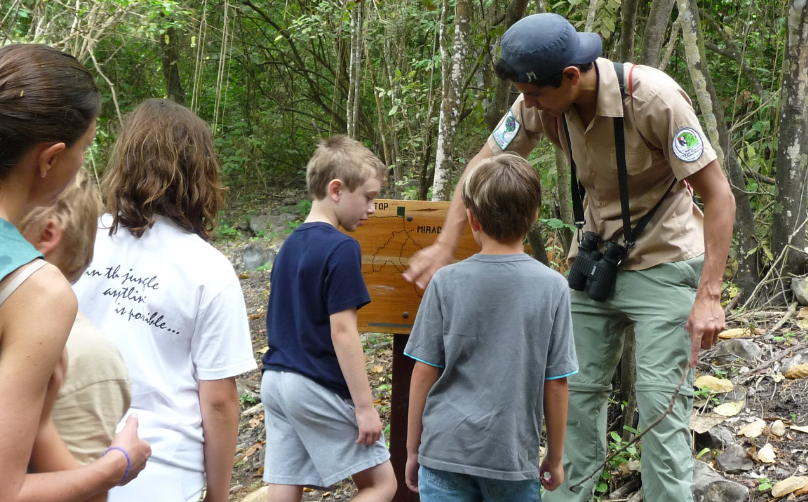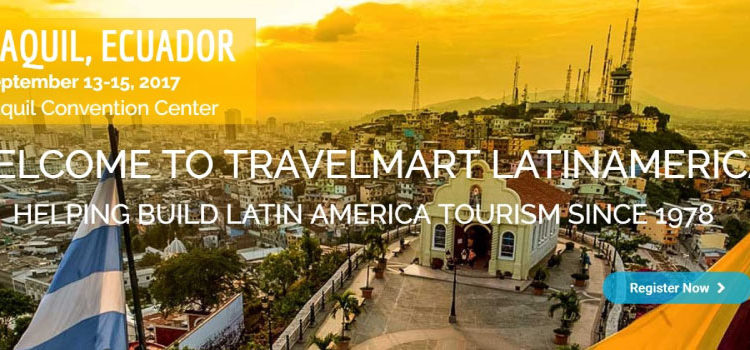History
Cerro Blanco Protected Forest is a 6,078 hectare reserve of the tropical dry forest ecosystem of the Ecuadorian coast, located in the southwest area of the Chongon – Colonche mountain range.
It is managed by the Pro-Bosque Foundation, a non-profit private institution, being its objective to protect and rehabilitate the forest.
Attraction
This ecosystem of lush native vegetation of tropical dry forest that is part of the Chongon-Colonche Range contains 54 mammals’ species, 221 birds’ species, 8 amphibians’ species and 12 reptiles’ species. In addition to more than 700 species of vascular plants, 20% of them, endemic species to the southwest of Ecuador.
Fauna
Among its 221 birds’ species, 9 of them are globally threatened, including the Guayaquil Macaw (Ara ambiguus guayaquilensis), the sparrowhawk dorsigris (Leucopternis occidentalis), the azafranado Goldfinch, among others.
Among its 54 mammals´ species are the Jaguar (Panthera onca), the howler monkey (Alouatta palliata), the saffron, 6 felines´ species and 21 bats´ species. In addition there are various kinds of monkeys and many others reptiles´ and insects´ species.
Flora
The forest has five categories of “potential natural vegetation”, in which there are dry forests of plain and rocky slopes; moist ravines forests and sub humid forests of plateaus and peaks. There are also 500 vascular plants species´ that are endemic to the tropical dry forest region.
Services
One of the management programs of Cerro Blanco Protected Forest is the visitors program that offers a recreational experience focused on the enjoyment and appreciation of the resources provided by nature, which is their responsibility to protect. In addition, it is a natural laboratory for students and the general public in which the human-nature interaction will be closely monitored and thus fulfill the main objective of developing and strengthening a conservationist culture and good management of our natural resources.
The interesting thing about visiting Cerro Blanco is that it offers the opportunity to go into the forest and get a closer look at the benefits offered by this system, as well as the possibility of learning the importance of its conservation and protection.
Source: Guayaquil es mi destino




